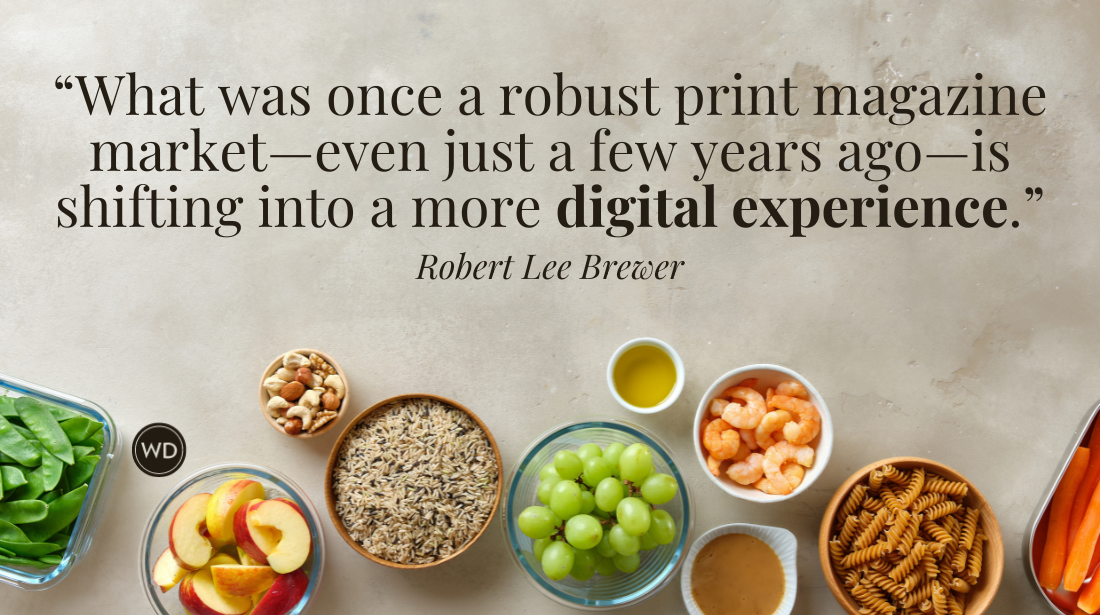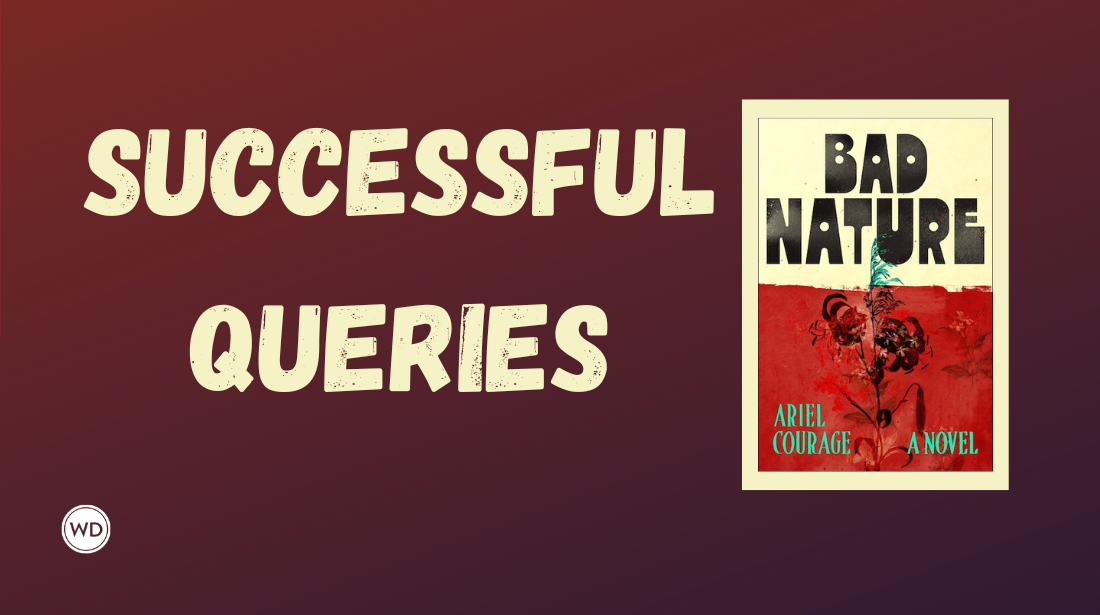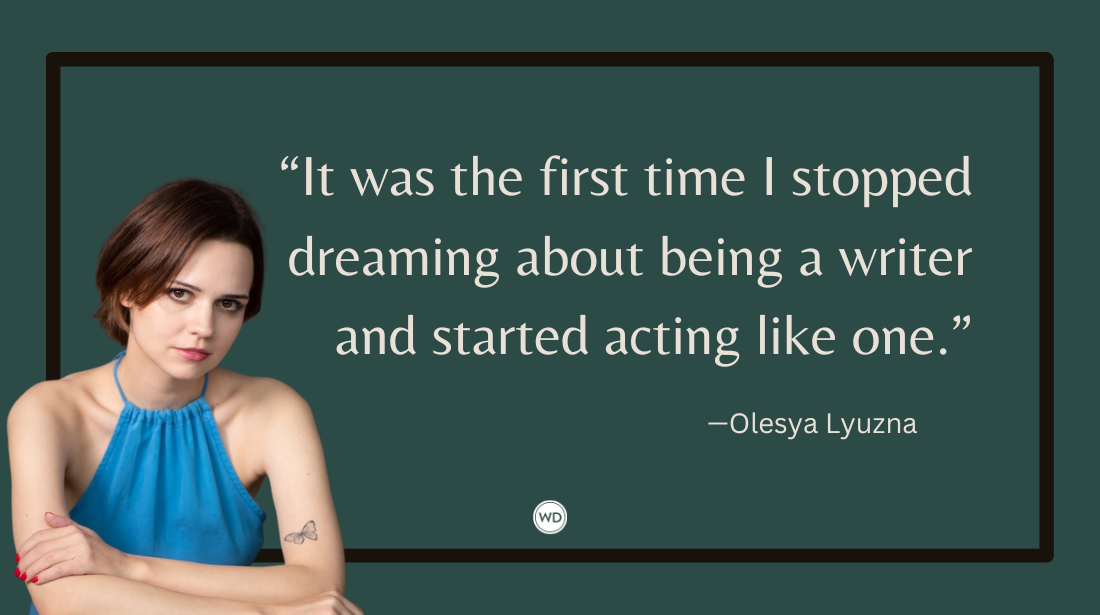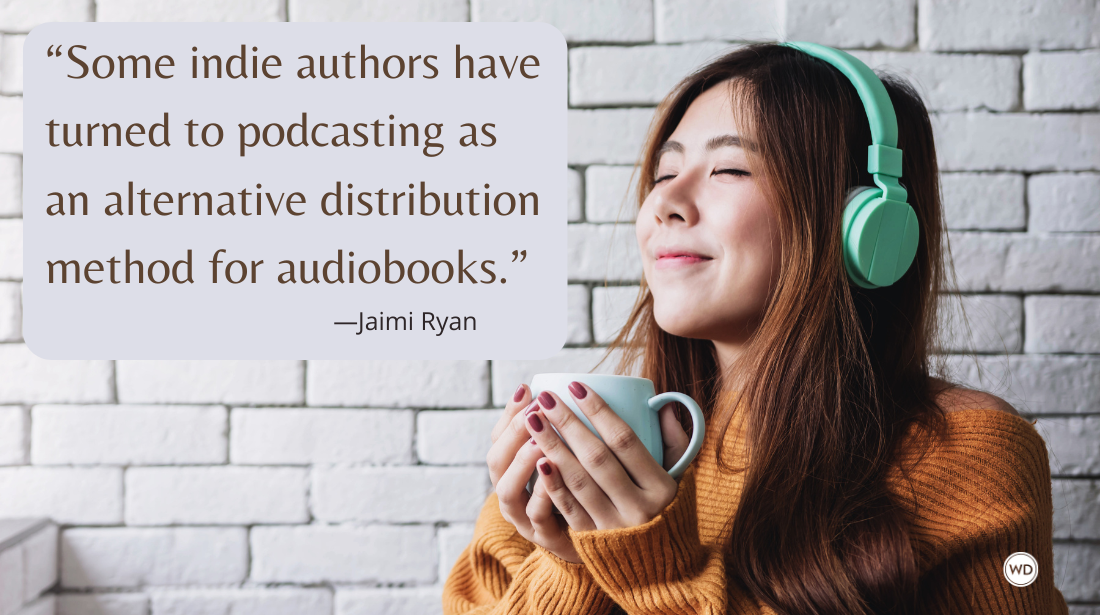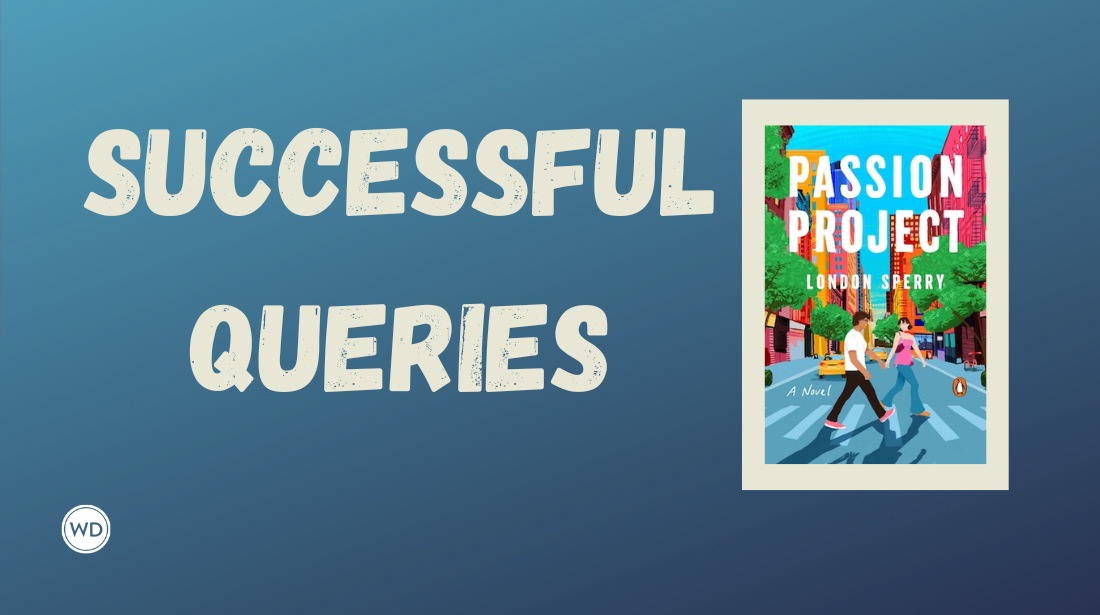Writing With Intention: On Hiring a Sensitivity Reader
Whether you’re looking to pitch your work to an agent or are setting out on your self-publishing journey, author Melissa Scholes Young has some tips for hiring a sensitivity reader to up-level your work.
If you’re curious what rock you were raised under, write a book. Your shortcomings, experiences, and views will be revealed in your characters. And in revision, your own flaws will see the light of day too, if you have the courage to look.
When I finished the third full draft of my second novel, The Hive, I hired a sensitivity reader, an acclaimed race scholar, during revision. I’ve been writing long enough to know how much I don’t know. The reader kindly called my missteps ‘blind spots’; she assured me that we all have them. I grew up on a dirt road in rural Missouri in a town with a population of more than 90 percent white. My ‘blind spots’ about race might be more craters of ignorance. Though I’ve now lived and taught decades immersed in diverse populations, how my community of origin managed race through ‘colorblindness’ is a root I’m still digging out. “I can see that,” my reader said, “but I can also see that you want to do better. That’s why you hired me.”
In order to do better, I had to unpack the implicit and explicit messages I’d received, consider how they revealed themselves on the page, and commit to the important work of my characters becoming self-aware, or sometimes not, and being accountable for their own injuries and actions. But first I had to take down the wall I’d carefully constructed pretending I knew better and admit that I had much to learn.
IndieBound | Bookshop | Amazon
[WD uses affiliate links.]
In my experience, a sensitivity reader is essential in evaluating the authenticity of how marginalized populations are portrayed. They consider dialogue, scene, character development, and plot when looking for bias and stereotypes. They make your work more true and help you write with intention rather than accident. A sensitivity reader is a paid professional; do not ask your friend in the community you’re writing about to do the work. When a book is suggested to you by your reader, buy the book and digest it. Consider carefully why this book was prescribed; a defensive reaction is not a place from which you can grow. A sensitivity reader is your guide; you’ve hired them to help you craft a better story. They are not copyeditors; as the writer, you are responsible for the words on the page. The reader I hired provided line notes and a two-page detailed analysis. She followed up with a phone consultation. For me, she helped make the work I knew was needed possible rather than insurmountable. By professionalizing the process, my revisions became about the story and not an indictment of me personally.
As a creative writing professor, I’m often asked to read for portrayals of my own lived experience: rural communities, country folk, working poor, class struggles, first-gen education, political divides. When I read, the missteps and inaccuracies in these categories are obvious to me but it’s still only one perspective. A common misconception is how working poor characters communicate their lack. We don’t actually shout about our status. In fact, we go to great lengths to hide poverty. There is shame, exhaustion, and desire. Every day, survival consumes us. The future is often elusive. Understanding this struggle and writing it with compassion is necessary work. I advise students that if they feel frustration or blame toward their characters, it will reveal itself on the page. We can’t see what we don’t see, but we can learn to see more clearly if we listen, care to, and sit with the criticism. Writing authentically is hard, worthy work and yet, sometimes we still fail. Becoming a better person and a better writer isn’t linear; it’s a continuous process. We’ll trip, dust ourselves off, and saddle back up.
My sensitivity reader’s generosity, rather than judgment, allowed me to peek through the wall I’d built to protect myself from embarrassment and learn from my well-intentioned but careless mistakes. I suspect it’s a life’s work to sort the parts of our identities we want to keep and the parts that need revision, but if writers are discouraged from taking risks, then sanitized or polarized literature might be the price. Our education is possible on the page when we read characters that don’t look like us and seek stories from a perspective and experience far from our own. I’m bored with novels that simply reflect me back to me or confirm what I already know. I’d rather be challenged as a writer and reader in a story that allows me to inhabit a world far from my own. But before you go poking under rocks, consider the sticks you already have and especially the ones you don’t.
Melissa Scholes Young was born and raised in Hannibal, Missouri. She is the author of the novels Flood and The Hive. She’s a Contributing Editor for Fiction Writers Review and Editor of two volumes of D.C. Women Writers: Grace in Darkness (2018) and Furious Gravity (2020). Her work has appeared in the Atlantic, Washington Post, Ploughshares, Narrative, Poet Lore, Ms. Magazine, and Poets & Writers Magazine. Scholes Young was named a Bread Loaf Camargo Fellow and a Quarry Farm Fellow at the Center for Mark Twain Studies. She is an Associate Professor in the Department of Literature at American University in Washington, D.C. Visit her online at MelissaScholesYoung.com.



